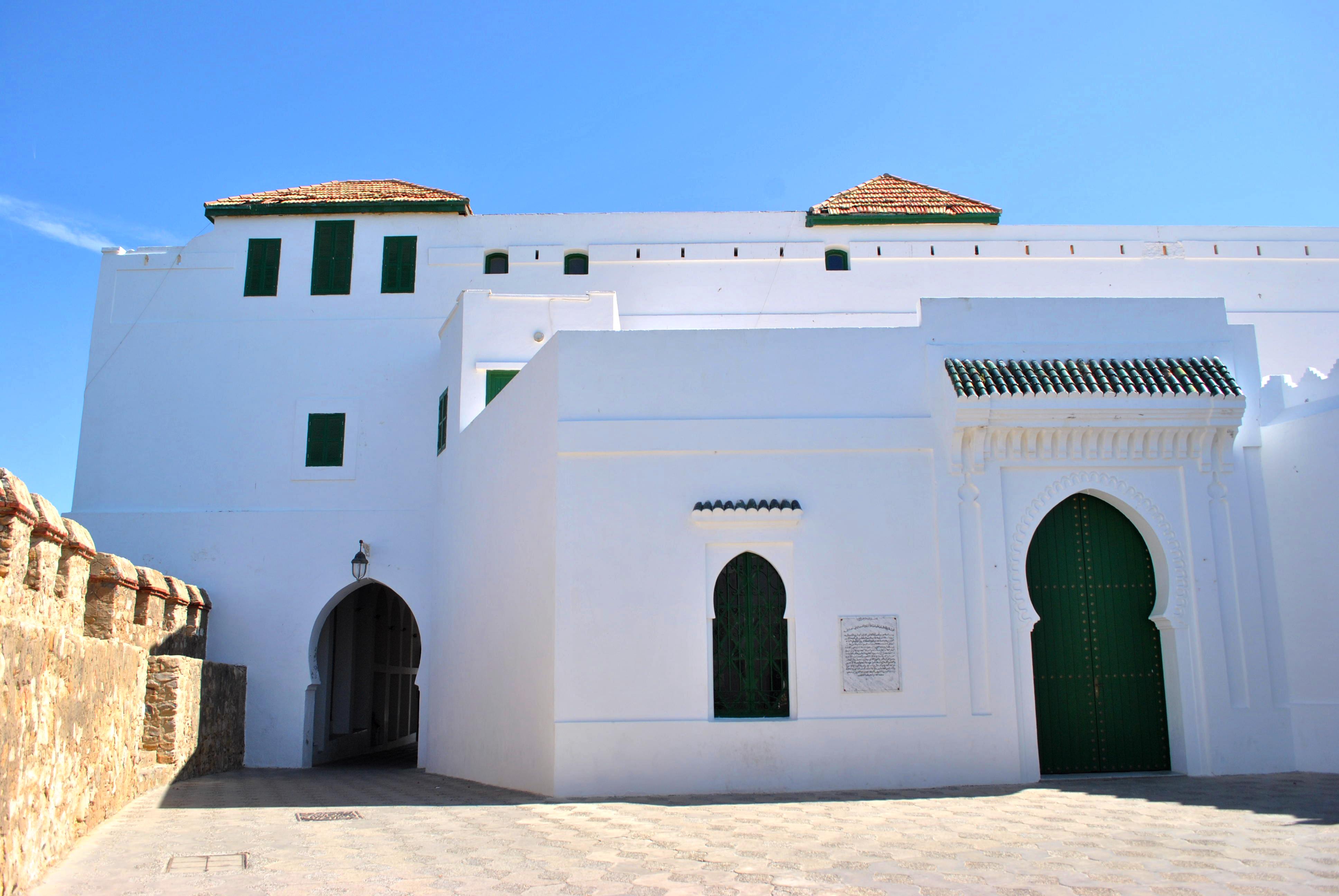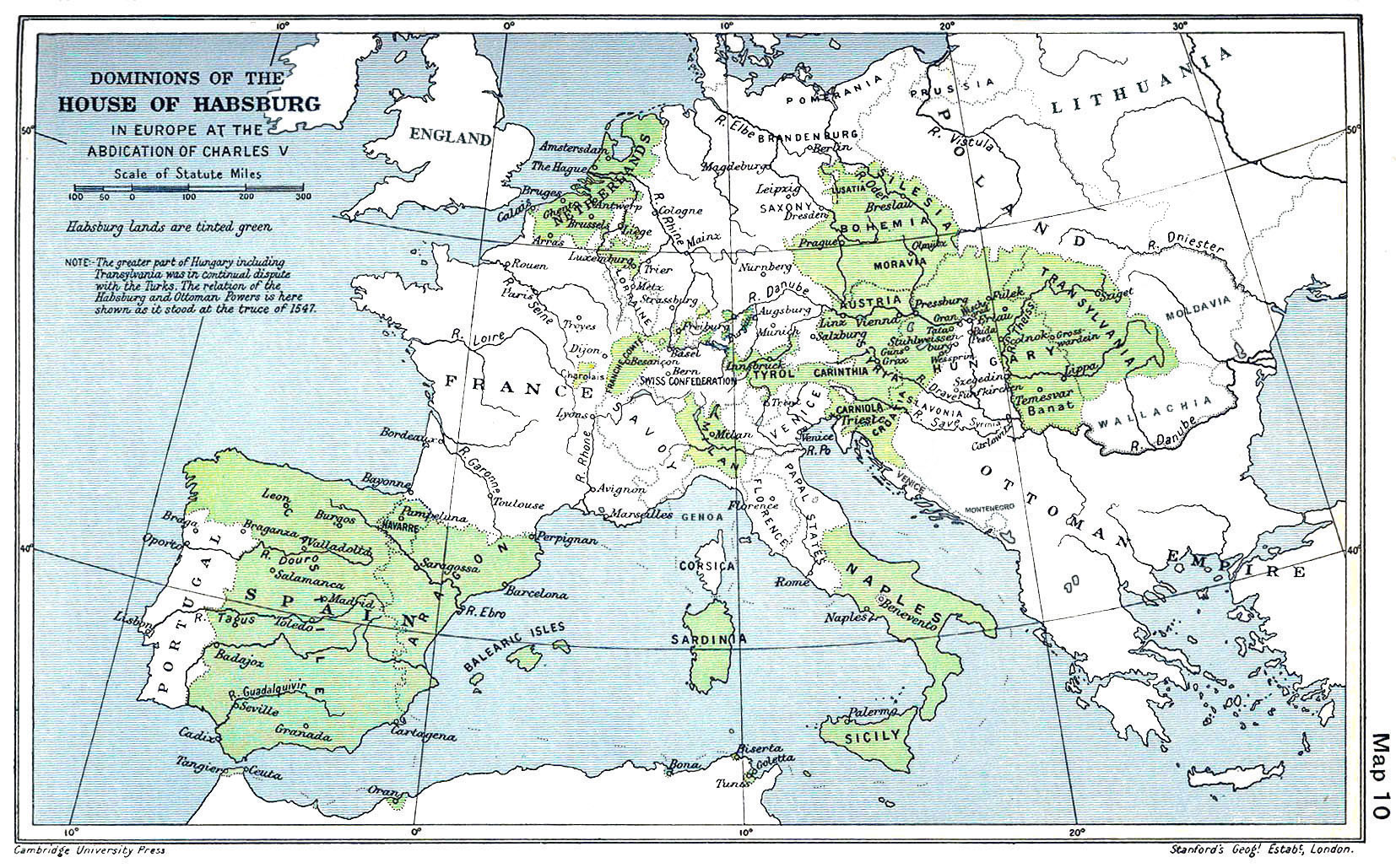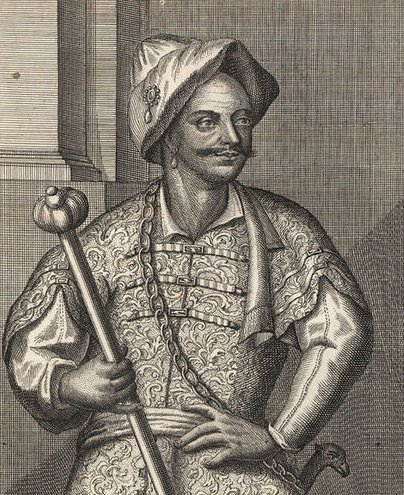|
Siege Of Asilah (1690–1691)
Between 1690 and 1691, the Moroccans besieged the Spanish-held Asilah for a year before surrendering to the Moroccans. Background In the year 1471, the Portuguese captured the city of Asilah from the Moroccans. The Portuguese built walls that surrounded the city. In 1578, the Portuguese king, Sebastian, chose Asilah as his base for his ill-fated campaign in Morocco. In 1589, the city was recaptured by the Moroccans but at some point later the city was captured by the Spanish. Siege After the victory at Larache in 1689, the Moroccan Sultan, Ismail Ibn Sharif Moulay Ismail Ibn Sharif (, – 22 March 1727) was a Sultan of Morocco from 1672 to 1727, as the second ruler of the 'Alawi dynasty. He was the seventh son of Sharif ibn Ali, Moulay Sharif and was governor of the province of Fez and the north o ..., dispatched his general, Ahmed ben Haddou, to besiege the city of Asilah, which was held by the Spanish. The Spanish resisted; however, after a year of fighting, they were exhau ... [...More Info...] [...Related Items...] OR: [Wikipedia] [Google] [Baidu] |
Asilah
Asilah () is a fortified town on the northwest tip of the Atlantic coast of Morocco, about south of Tangier. Its ramparts and gateworks remain fully intact. History The town's history dates back to 1500 B.C., when Phoenicians occupied a site called Silis, Zili, Zilis, or Zilil (, , or , ) which is being excavated at Dchar Jdid, some NE of present Asilah; that place was once considered to be the Roman stronghold Ad Mercuri, but is now accepted to be Zilil. The town of Asilah itself was originally constructed by the shia Idrisid dynasty, and Umayyad caliph Al-Hakam II rebuilt the town in 966. The Portuguese conquered the city in 1471 and built its fortifications, but it was abandoned because of an economic debt crisis in 1549. In 1578, Sebastian of Portugal used Asilah as a base for his troops during a planned crusade that resulted in Sebastian's death, which in turn caused the Portuguese succession crisis of 1580. The Portuguese kept hold of the town but in 1589 the Saa ... [...More Info...] [...Related Items...] OR: [Wikipedia] [Google] [Baidu] |
Morocco
Morocco, officially the Kingdom of Morocco, is a country in the Maghreb region of North Africa. It has coastlines on the Mediterranean Sea to the north and the Atlantic Ocean to the west, and has land borders with Algeria to Algeria–Morocco border, the east, and the disputed territory of Western Sahara to Morocco–Western Sahara border, the south. Morocco also claims the Spain, Spanish Enclave and exclave, exclaves of Ceuta, Melilla and Peñón de Vélez de la Gomera, and several small Plazas de soberanía, Spanish-controlled islands off its coast. It has a population of approximately 37 million. Islam is both the official and predominant religion, while Arabic and Berber are the official languages. Additionally, French and the Moroccan dialect of Arabic are widely spoken. The culture of Morocco is a mix of Arab culture, Arab, Berbers, Berber, Culture of Africa, African and Culture of Europe, European cultures. Its capital is Rabat, while its largest city is Casablanca. Th ... [...More Info...] [...Related Items...] OR: [Wikipedia] [Google] [Baidu] |
Habsburg Spain
Habsburg Spain refers to Spain and the Hispanic Monarchy (political entity), Hispanic Monarchy, also known as the Rex Catholicissimus, Catholic Monarchy, in the period from 1516 to 1700 when it was ruled by kings from the House of Habsburg. In this period the Spanish Empire was at the zenith of its influence and power. During this period, Spain held many territories, including American continental holdings and the Spanish West Indies, West Indies; European territories like the Habsburg Netherlands, Low Countries, Council of Italy, Italian territories, Iberian Union, Portugal and parts of County of Burgundy, France; and the Captaincy General of the Philippines, Philippines and other possessions in Southeast Asia. The period of Spanish history has also been referred to as the "Age of Discovery, Age of Expansion". The Habsburg name was not always used by the family members, who often emphasized their more prestigious princely titles. The dynasty was long known as the "House of Austr ... [...More Info...] [...Related Items...] OR: [Wikipedia] [Google] [Baidu] |
Ismail Ibn Sharif
Moulay Ismail Ibn Sharif (, – 22 March 1727) was a Sultan of Morocco from 1672 to 1727, as the second ruler of the 'Alawi dynasty. He was the seventh son of Sharif ibn Ali, Moulay Sharif and was governor of the province of Fez and the north of Morocco from 1667 until the death of his half-brother, Sultan Al-Rashid of Morocco, Moulay Rashid in 1672. He was proclaimed sultan at Fez, Morocco, Fez, but spent several years in conflict with his nephew Ahmed ben Mehrez, Moulay Ahmed ben Mehrez, who also claimed the throne, until the latter's death in 1687. Moulay Ismail's 55-year reign is the longest of any sultan of Morocco. During his lifetime, Isma’il amassed a harem of over 500 women with more than 800 confirmed biological children, making him one of the List of people with the most children, most prodigious fathers in recorded history. The reign of Moulay Ismail marked a high watermark for Moroccan power. His military successes are explained by the creation of a strong army, o ... [...More Info...] [...Related Items...] OR: [Wikipedia] [Google] [Baidu] |
List Of Spanish Colonial Wars In Morocco
{{Spanish-Moroccan conflicts Spanish-Moroccan conflicts (since 1492): *Conquest of Melilla (1497) * Spanish expedition to Tlemcen (1543) * Capture of La Mámora (1614) * Siege of Mamora (1681) * Siege of Larache (1689) * Siege of Asilah (1690–1691) * Siege of Oran (1693) * Siege of Melilla (1694–1696) * Siege of Melilla (1774–1775) * Hispano-Moroccan War (1790–1791) * Hispano-Moroccan War (1859–1860) * First Melillan campaign (1893–1894) * Second Melillan campaign (1909–1910) *Kert campaign (1911–1912) *Rif War (1920–1927) *Ifni War The Ifni War, sometimes called the Forgotten War (''la Guerra Olvidada'') in Spain, was a series of armed incursions into Spanish West Africa by Morocco, Moroccan insurgents that began in November 1957 and culminated with the abortive siege ... (1957–1958) Spanish_colonial_wars_in_Morocco Military history of Spain Morocco–Spain relations ... [...More Info...] [...Related Items...] OR: [Wikipedia] [Google] [Baidu] |
Conquest Of Asilah
The Portuguese conquest of Asilah (; Portuguese: ''Arzila'') was a campaign led by King Afonso V in modern Morocco from the Wattasids on 24 August 1471. History Continuing with his policy of expansion of the Portuguese territories in Morocco, and with the spirit of Crusade against the Muslims always present, King Afonso V of Portugal initially set plans to conquer Tangier, but subsequently decided to conquer Arzila. Departing from the Portuguese town of Lagos with an army of about 30,000 men and 400 ships, Afonso V arrived at the Moroccan coast on the afternoon of 22 August 1471. The Portuguese King summoned his Council and decided to attack Asilah on the morning of the following day. There was a terrible storm and a number of Portuguese ships were lost. It poured rain the entire three days of the siege. The storm was so severe it prevented the ships from laying down a cannon bombardment, and only two pieces of heavy artillery were brought to shore. After a troubled disemba ... [...More Info...] [...Related Items...] OR: [Wikipedia] [Google] [Baidu] |
Sebastian, King Of Portugal
Sebastian ( ; 20 January 1554 – 4 August 1578) was King of Portugal from 11 June 1557 to 4 August 1578 and the penultimate Portuguese monarch of the House of Aviz. He was the son of João Manuel, Prince of Portugal, and his wife, Joanna of Austria. He was the grandson of King John III of Portugal and Catherine of Austria, Queen of Portugal. He disappeared (presumably killed in action) in the battle of Alcácer Quibir, against the Saadi Sultanate of Morocco. Sebastian I is often referred to as ''the Desired'' () or ''the Hidden'' (), as the Portuguese people longed for his return to end the decline of Portugal that began after his death. He is considered to be the Portuguese example of the King asleep in mountain legend as Portuguese tradition states his return, in a foggy dawn, in Portugal's greatest hour of need. Early life Sebastian was born shortly after eight in the morning of 20 January 1554 (the feast of Saint Sebastian), and he was given the saint's name in commemora ... [...More Info...] [...Related Items...] OR: [Wikipedia] [Google] [Baidu] |
Battle Of Alcácer Quibir
The Battle of Alcácer Quibir (also known as "Battle of Three Kings" () or "Battle of Wadi al-Makhazin" () in Morocco) was fought in northern Morocco, near the town of Ksar-el-Kebir (variant spellings: ''Ksar El Kebir'', ''Alcácer-Quivir'', ''Alcazarquivir'', ''Alcassar'', etc.) and Larache, on 4 August 1578. A Moroccan victory, the battle has been described as "the greatest military disaster the Portuguese ever suffered in the course of their overseas expansion." It marked an end to Portuguese attempts to reconquer territories it had lost in Morocco. The combatants were the army of the deposed Moroccan Sultan Abu Abdallah Mohammed II, with his ally, the King of Portugal Sebastian I, against a large Moroccan army under the new Sultan of Morocco (and uncle of Abu Abdallah Mohammed II) Abd Al-Malik I. The Christian king Sebastian I had planned a crusade after Abu Abdallah asked him to help recover his throne. Abu Abdallah's uncle, Abd Al-Malik, had taken it from him with ... [...More Info...] [...Related Items...] OR: [Wikipedia] [Google] [Baidu] |
Siege Of Larache (1689)
The siege of Larache, in 1689, was undertaken by an army of Morocco under 'Alawid Sultan Ismail Ibn Sharif against the Spanish forces of Charles II, which had ruled the city for almost 80 years since its cession in 1610. After three months of siege, the defenders were forced to capitulate. Background With the arrival of Ismail Ibn Sharif to the throne, Morocco lived its hours of glory since it succeeded in centralising power and putting down the rebellions of rebel tribes. The Sultan also succeeded in fighting the Ottomans of the Regency of Algiers. While several coastal towns in Morocco were under the control of Europeans from Spain and Portugal, Mawlay Ismail, who had just taken over al-Mahdya in 1681, which had been under the control of the Spanish since 1614, and succeeded in retaking Tangier in 1684 from the English, decided to retake the city of Larache by force. This city had been under the control of the Spaniards since 1610, who established a very fortified garrison. ... [...More Info...] [...Related Items...] OR: [Wikipedia] [Google] [Baidu] |
Sieges Involving Morocco
A siege () . is a military blockade of a city, or fortress, with the intent of conquering by attrition, or by well-prepared assault. Siege warfare (also called siegecrafts or poliorcetics) is a form of constant, low-intensity conflict characterized by one party holding a strong, static, defensive position. Consequently, an opportunity for negotiation between combatants is common, as proximity and fluctuating advantage can encourage diplomacy. A siege occurs when an attacker encounters a city or fortress that cannot be easily taken by a quick assault, and which refuses to surrender. Sieges involve surrounding the target to block provision of supplies and reinforcement or escape of troops (a tactic known as "investment"). This is typically coupled with attempts to reduce the fortifications by means of siege engines, artillery bombardment, mining (also known as sapping), or the use of deception or treachery to bypass defenses. Failing a military outcome, sieges can often be deci ... [...More Info...] [...Related Items...] OR: [Wikipedia] [Google] [Baidu] |
Conflicts In 1690
Conflict may refer to: Social sciences * Conflict (process), the general pattern of groups dealing with disparate ideas * Conflict continuum from cooperation (low intensity), to contest, to higher intensity (violence and war) * Conflict of interest, involvement in multiple interests which could possibly corrupt the motivation or decision-making * Cultural conflict, a type of conflict that occurs when different cultural values and beliefs clash * Ethnic conflict, a conflict between two or more contending ethnic groups * Group conflict, conflict between groups * Intragroup conflict, conflict within groups * Organizational conflict, discord caused by opposition of needs, values, and interests between people working together * Role conflict, incompatible demands placed upon a person such that compliance with both would be difficult * Social conflict, the struggle for agency or power in something * Work–family conflict, incompatible demands between the work and family roles of ... [...More Info...] [...Related Items...] OR: [Wikipedia] [Google] [Baidu] |




